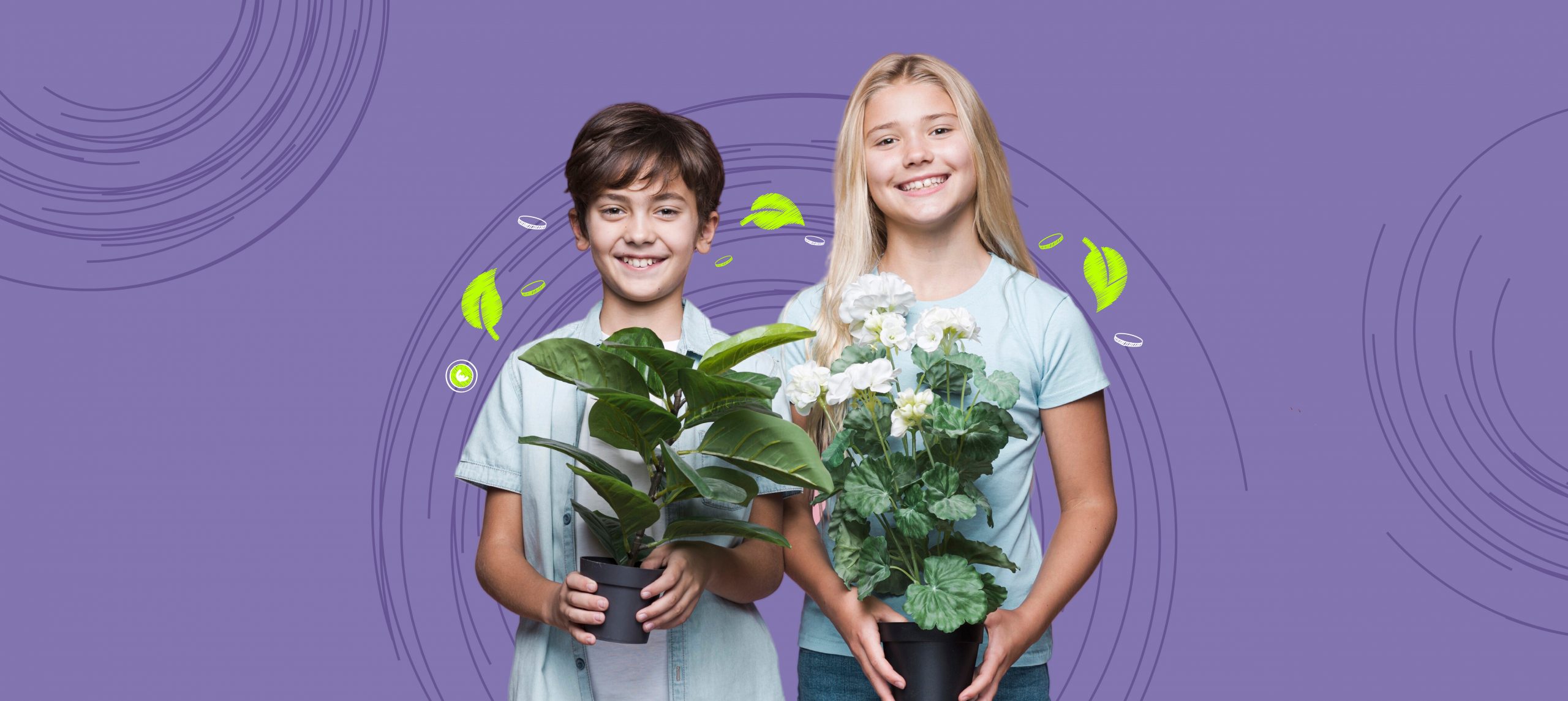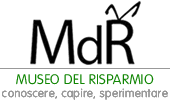
August, the month when most Italians go on vacation, has finally arrived.
During this time, there’s more opportunity to spend quality family time having fun and enjoying pleasant activities, whether travelling or visiting familiar places.
Vacations can also be an excellent opportunity to use moments of leisure and relaxation to teach children the basics of sustainability.
Showing children the right behavior to preserve the planet is essential: it will encourage them to become responsible adults, capable of making conscious choices for their own good and that of society.
Here are some tips.
Explaining sustainability in simple terms
It’s important to start by explaining in simple words that living sustainably means taking care of the Earth so that future generations can also enjoy its resources.
Practical examples are enough to get the point across, such as explaining the importance of recycling and reducing waste.
Children learn much more easily when they can do so by playing with adults or their peers. Therefore, it’s crucial to follow words with actions.
Traveling to showcase the beauty of the planet
Whether staying in the city or traveling, help children discover the wonderful natural heritage we’ve been gifted. Spend time admiring the surrounding beauty together—beauty we risk losing if we’re not mindful of our behavior.
Introducing kids to parks, rivers, mountains, and pristine beaches makes it easier to explain why protecting these places from pollution is so important. Small and simple actions to reduce environmental impact can have a big effect.
Teaching by example
It’s well known that children imitate adult behavior. To teach sustainability, we must first adopt respectful attitudes toward the environment and community.
For instance, when traveling, forget plastic bottles and use refillable water bottles instead, filling them at public fountains when possible.
If having a picnic, place all leftover materials (wrappers, food scraps, cans, etc.) in separate bags for proper waste sorting and dispose of them in designated recycling bins, now widely available. If bins aren’t accessible, take the waste home and dispose of it there.
If on the beach or hiking in the mountains, pick up cigarette butts, plastic bags, or other litter and dispose of them in the nearest bin.
Children traveling with us will automatically learn how to behave without the need for many words.
Ready, set, recycle!
If you haven’t left for vacation yet or have just returned, you can introduce children to the practice of reusing by organizing home recycling sessions.
Start by building containers for waste sorting using unused boxes or reuse plastic containers or other items to create new toys or imaginative “artworks.”
For those with a knack for crafting, minor alterations to clothes that need slight adjustments for fall wear can teach children how to extend the life of items at home.
Learning to respect the environment through reading… together!
It’s well known that reading together as a family supports children’s emotional and cognitive development. During vacations, finding peaceful moments to relax on the couch or under a tree with a good book is much easier.
Get a few children’s books about ecology (there are some fantastic ones available in bookstores!) and dive into the stories. Beyond what they’ll learn, these sweet moments of sharing will remain cherished memories for years to come—for both the children and you.
Teaching sustainability to children requires patience and a bit of creativity, but it’s a valuable investment in everyone’s future.
Through practical activities, education, example, and involvement, we can help children develop an ecological conscience and become responsible stewards of our planet.
The Museum of Saving is committed to promoting a culture of sustainability and saving.
If you’re interested in these topics, visit our website explore our blog.
